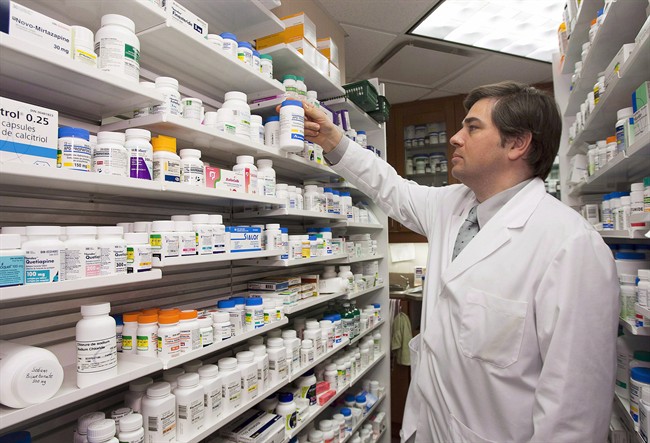Last Friday, I saw two notes that gave some definition to the drug crisis being faced by Canadians.

The first was a note from the Angus Watt Advisory Group, part of National Bank of Canada’s Edmonton office. It reported that 482 Albertans died from opioid-related issues between January and September of this year. Of that number, 143 deaths were related to fentanyl overdoses between July and September.
The second note reported Canadians spend $28.5 billion per year on drugs, and that there are increasing calls for a national pharmacare system to lower drug prices. That caused me to talk to Helen Stevenson, a former head of the Ontario Public Drug Program. She now runs the Reformulary Group, which works with companies to ensure drug plan sustainability.
“Are drug prices even the issue, or is it overall drug spending?” she asked me. “Does what we spend on medications have a strong behavioural component? Do consumers, physicians, pharmacists, employers, unions, politicians and legislators each have a hand in the debate?
“We need to broaden the discussion to one of drug spending, not just drug prices.”
The drug challenge was also on the agenda of the Big City Mayors’ Caucus last week in Toronto. Edmonton Mayor Don Iveson chairs the caucus.
“Municipalities face a lot of challenges in dealing with drugs,” he told me. “We’re introducing safe injection sites to try and deal with those people with addictions. We’re having to train our police and first line responders to deal with problems like fentanyl. We’ve got related costs for policing, public health and homelessness that are factors.”
And the problem isn’t going to be helped by a growing lobby on having medical marijuana included in prescription drug plans. There are also questions about regulating the recreational use of marijuana, when and if Bill C-45 becomes law in 2018.
There are lots of voices, lots of prescriptions and lots of ideas about a national plan to deal with this issue. What is needed now is some leadership to make such a plan a priority.






Comments